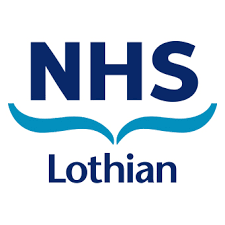Influenza can be divided into uncomplicated or complicated infection.
Uncomplicated influenza: fever, coryza, generalised symptoms (headache, malaise, myalgia, arthralgia) and sometimes gastrointestinal symptoms, but without any features of complicated influenza.
Complicated influenza: requiring hospitalisation, with or without evidence of lower respiratory tract infection (hypoxaemia, dyspnoea, lung infiltrate), central nervous system involvement, and/or a significant exacerbation of an underlying medical condition
All patients with complicated influenza should be assessed for treatment, irrespective of onset of symptoms, unless there is clear evidence of recovery.
Risk factors for complicated influenza include:
- neurological, hepatic, renal, pulmonary and chronic cardiac disease
- diabetes mellitus
- severe immunosuppression
- age over 65 years
- pregnancy (including up to 2 weeks post-partum)
- children under 6 months of age
- morbid obesity (BMI ≥40)
